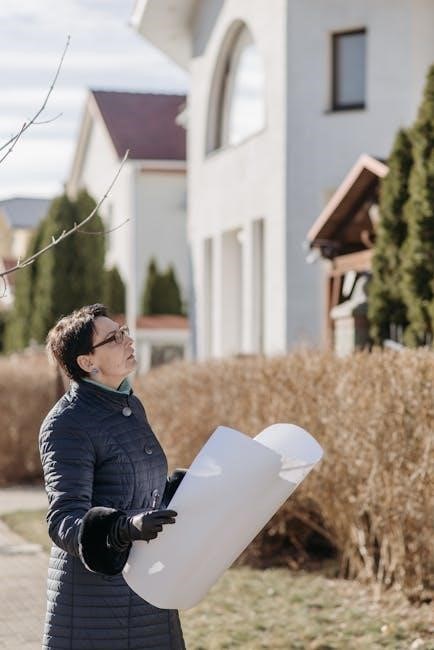Mason bee houses provide essential nesting habitats for solitary mason bees, supporting pollinator health and garden productivity. These structures mimic natural nesting sites, offering a safe space for bees to lay eggs and store pollen.
1.1 Importance of Mason Bees and Their Housing Needs
Mason bees are vital pollinators, often more efficient than honeybees, as they visit numerous blossoms daily. Unlike social bees, they nest singly, requiring specific habitats like tunnels or holes. Providing mason bee houses addresses their need for safe, sheltered spaces to lay eggs and store pollen. This support is crucial for their survival and productivity, ensuring robust pollination in gardens and ecosystems. Their solitary nature makes proper housing essential to maintain healthy populations and ecological balance.
1.2 Overview of Mason Bee House Designs
Mason bee house designs vary, ranging from simple drilled wood blocks to intricate bamboo or cardboard tube structures. Many plans incorporate recycled materials, promoting sustainability. Some designs feature multiple compartments to accommodate different species, while others focus on ease of cleaning and pest control. PDF plans often include detailed measurements and layouts, ensuring optimal dimensions for bee comfort. These designs cater to various skill levels, from DIY enthusiasts to educators, making mason bee housing accessible and educational for all.
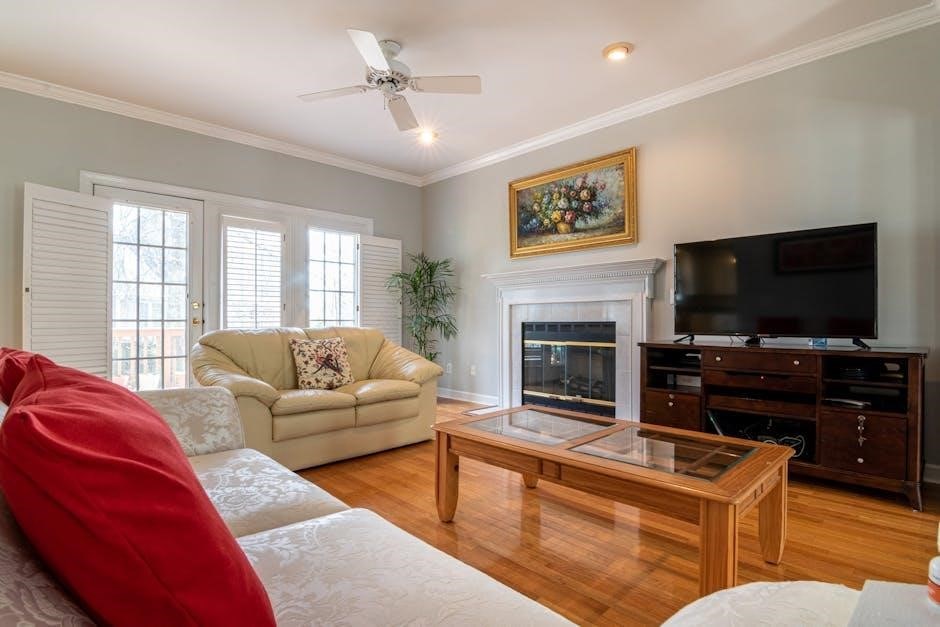
Benefits of Building a Mason Bee House
Building a mason bee house supports pollinator health, enhances garden productivity, and offers educational opportunities for learning about native bees and their importance in ecosystems.
2.1 Supporting Pollinator Health
Mason bee houses provide essential habitats for solitary mason bees, which are vital pollinators. By offering a safe space for nesting, these structures support the health and survival of native bee populations. Mason bees are highly efficient pollinators, often visiting more flowers than honeybees, making them crucial for ecosystem balance. Ensuring their well-being through proper housing directly contributes to maintaining biodiversity and ensuring the reproduction of plants and crops. This support is vital for sustainable gardening and environmental health.
2.2 Enhancing Garden Productivity
Mason bee houses attract these efficient pollinators, boosting garden productivity by ensuring proper pollination of flowers, fruits, and vegetables. Mason bees visit up to 1,875 blossoms daily, making them highly effective at transferring pollen. Their activity promotes healthier plant growth and higher crop yields. By supporting these bees, gardeners can enjoy more abundant harvests and vibrant blooms, creating a thriving ecosystem that benefits both plants and pollinators alike. This natural support is key to sustainable and productive gardening practices.
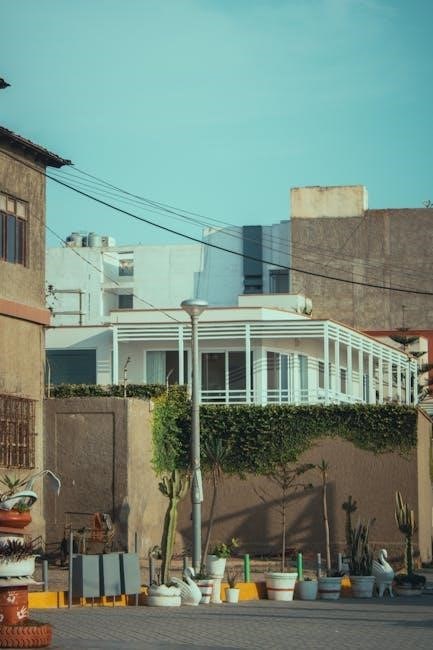
Designing a Mason Bee House
Designing a mason bee house involves creating a structure that mimics natural nesting habitats, using materials like wood or bamboo, with drilled holes or tubes for nesting sites.
3.1 Materials and Tools Required
Constructing a mason bee house requires durable materials like untreated wood, bamboo, or hollow reeds. Essential tools include a drill, saw, and sandpaper to create smooth surfaces. Avoid using treated wood to ensure the bees’ safety. Additional materials may include a roof for weather protection and mounting hardware for installation. Proper preparation of these materials ensures a safe and inviting habitat for the mason bees.
3.2 Optimal Dimensions and Layout
Mason bee houses should feature holes of 2/5 to 1/2 inch in diameter and approximately 3-6 inches deep to accommodate the bees’ nesting habits. The layout should include multiple holes arranged vertically or horizontally to maximize space. Using untreated wood or bamboo ensures natural conditions. Mounting the house 1-6 feet above ground, facing southeast, optimizes exposure to morning sun. Proper spacing between holes prevents overcrowding and pest issues, ensuring a healthy environment for the bees.
Installing Your Mason Bee House
Mount the house 1-6 feet high, facing southeast for optimal sun exposure. Secure it to a sturdy post or tree, ensuring stability and accessibility for mason bees.
Select a spot with morning sun and afternoon shade to protect from extreme heat. Ensure proximity to a water source and flowering plants for pollen collection. Avoid areas prone to strong winds or pesticides. Mount the house 1-6 feet above ground to deter predators and ensure accessibility. Face it southeast for optimal sun exposure, promoting bee activity and nesting success. Proper placement enhances bee health and productivity. Mount the mason bee house securely to a sturdy post or wall to prevent swaying. Ensure it is level for even egg distribution. Orient the house southeast to capture morning sunlight, which aids in warming the nest and encouraging bee activity. Avoid direct afternoon sun to prevent overheating. Use screws or nails for stability, and position it 1-6 feet above ground to protect from pests and flooding, ensuring optimal conditions for the bees to thrive. Regular maintenance ensures the health of mason bees. Clean the house annually to remove debris and parasites, promoting a safe environment for nesting and egg-laying. Regular cleaning is essential to maintain a healthy environment for mason bees. Remove debris and parasites annually, ideally during the dormant season. Use a soft brush or mild detergent to avoid harming the bees or their nests. Pest control measures include inspecting for mites or wasps and treating infestations promptly. Keeping the house dry and well-ventilated also prevents fungal growth. Proper maintenance ensures the longevity of the mason bee house and the well-being of its inhabitants. Regularly observing your mason bee house helps ensure its effectiveness. Watch for signs of nesting, such as mud plugs sealing the tubes, indicating successful occupation. Monitor the bees’ activity during peak seasons, typically spring and early summer. Keep a safe distance to avoid disturbing them. Note patterns in their behavior and nesting habits to assess the health of the colony. This observation helps in maintaining optimal conditions and addressing any issues promptly. Mason bee houses serve as valuable educational tools, teaching students about native pollinators, their life cycles, and environmental conservation through hands-on learning experiences. Mason bee houses are excellent tools for educating students about native bees, their importance in pollination, and their solitary nature. By building and maintaining these structures, students gain hands-on experience while learning about the life cycles and nesting habits of mason bees. This interactive approach fosters environmental awareness and encourages stewardship of these vital pollinators, making it a valuable addition to science curricula. Hands-on learning projects involving mason bee houses engage students in designing and constructing habitats, fostering creativity and practical skills. Using materials like wood and bamboo, students can create bee-friendly structures while learning about pollinator conservation. These projects align with educational standards, promoting STEM concepts and environmental stewardship. By participating in such activities, students develop a deeper understanding of ecosystems and the role of native bees in sustaining biodiversity. This section explores successful mason bee house designs and innovative materials, showcasing real-world applications and creative solutions to support pollinator habitats effectively. Successful mason bee house designs often feature drilled wood blocks, bamboo tubes, or cardboard tunnels. These structures provide ideal nesting sites for solitary bees, promoting pollination. Designs emphasizing natural materials and optimal hole diameters (6-8mm) are particularly effective. Some plans include layered boxes with varying hole sizes to attract different bee species. These designs are simple yet efficient, ensuring bee health and productivity in gardens. They are widely recommended for eco-friendly gardening practices.
Innovative materials like recycled plastics, 3D-printed components, and sustainably sourced woods are transforming mason bee house construction. Techniques such as modular designs and adjustable hole depths enhance functionality. Some creators incorporate predator guards and removable trays for easy maintenance. These advancements ensure durability while maintaining eco-friendliness. Such methods are gaining popularity among environmentalists and DIY enthusiasts, offering creative solutions to support pollinator health. They blend modern technology with traditional craftsmanship for effective bee habitats. Mason bee house plans in PDF format are widely available online, offering detailed instructions for building habitats. These plans often include material lists, designs, and assembly guides. Reliable mason bee house plans in PDF can be found on educational websites, gardening blogs, and environmental organizations. Platforms like YouTube and Google Drive often host guides, while university extensions and conservation groups provide detailed designs. Additionally, websites specializing in pollinator conservation offer free downloadable plans tailored for different skill levels and materials. Ensure the source is reputable to guarantee accurate and effective designs for mason bee habitats. A reliable mason bee house PDF plan should include clear instructions, detailed diagrams, and precise measurements. Look for materials lists, optimal dimensions, and assembly guides. Ensure the design accommodates mason bees’ nesting habits, such as tube diameters and depths. Pest prevention features and mounting instructions are also essential. The plan should be easy to follow, suitable for your skill level, and adaptable to various materials. These elements ensure a functional and effective mason bee habitat.4.1 Choosing the Right Location
4;2 Mounting and Orientation Tips
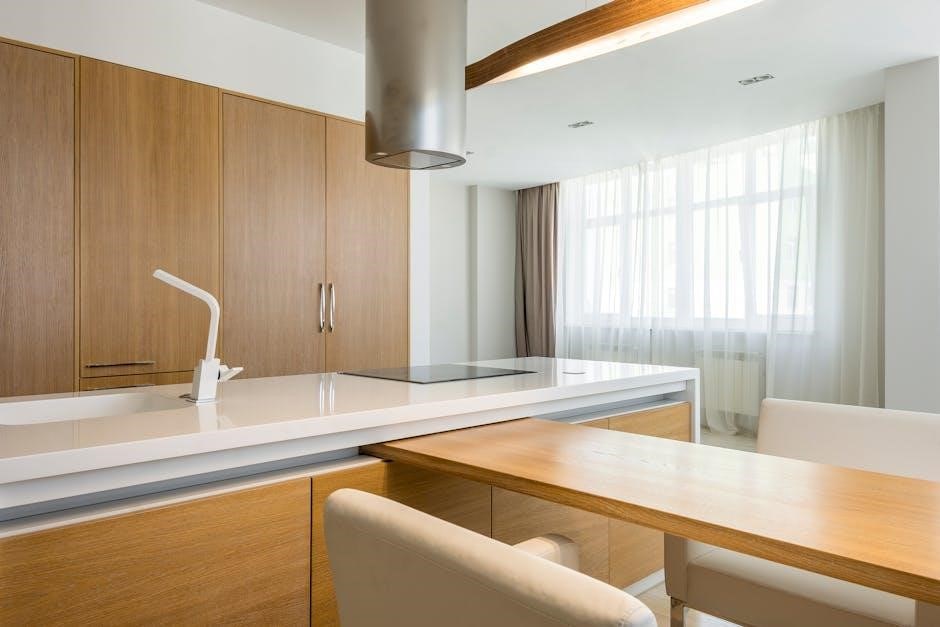
Maintaining a Mason Bee House
5.1 Cleaning and Pest Control
5.2 Monitoring Bee Activity
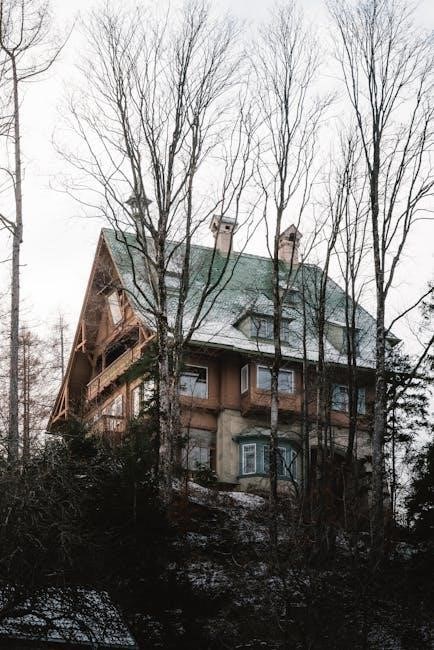
Educational Uses of Mason Bee Houses
6.1 Teaching Students About Native Bees
6.2 Hands-On Learning Projects
Case Studies and Examples
7.1 Successful Mason Bee House Designs
7.2 Innovative Materials and Techniques
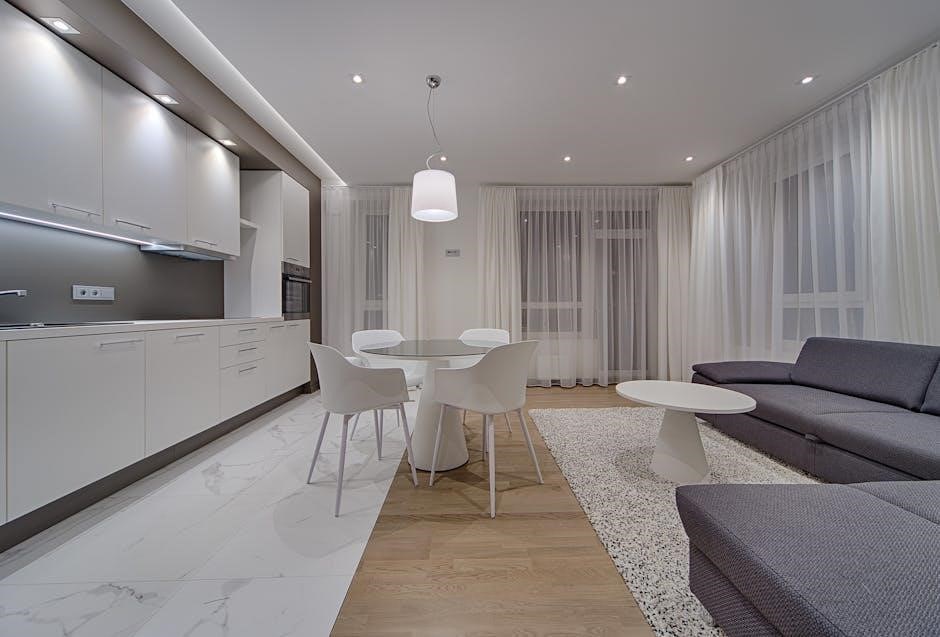
Accessing Mason Bee House Plans in PDF
8.1 Where to Find Reliable Plans Online
8.2 Key Features to Look for in a PDF Plan
